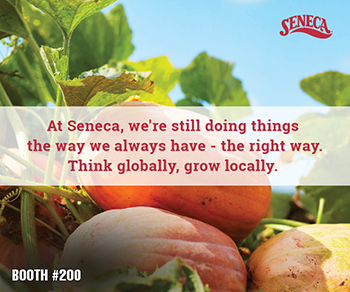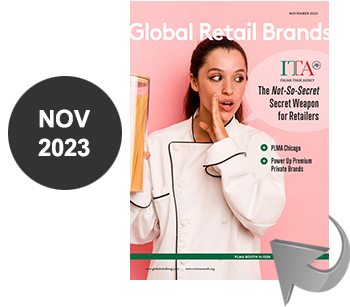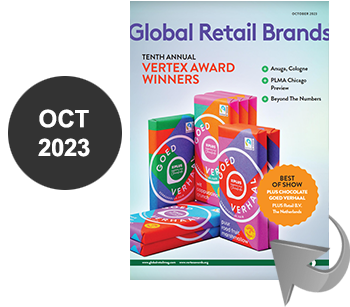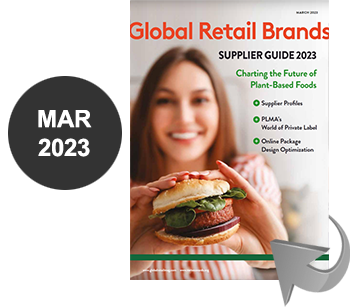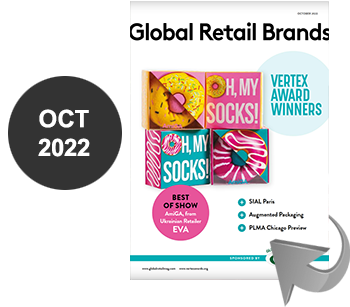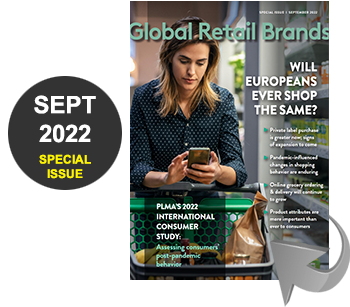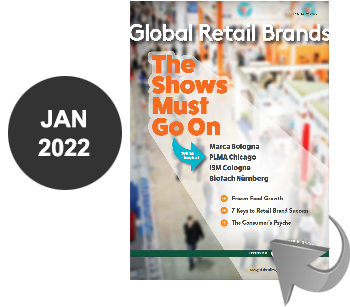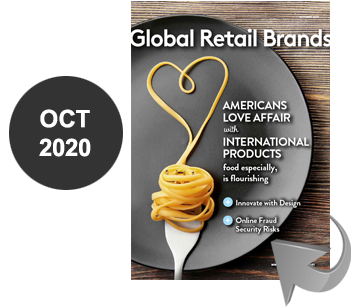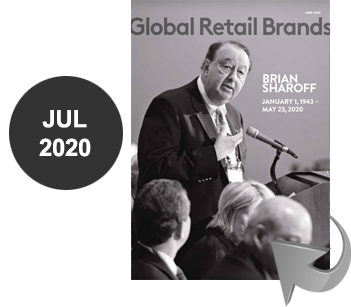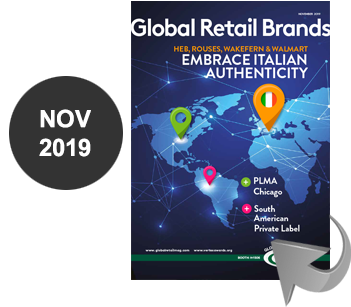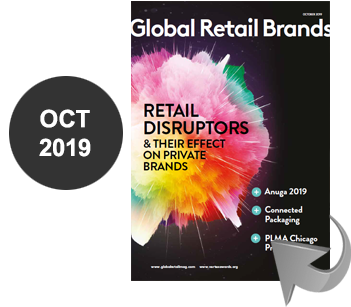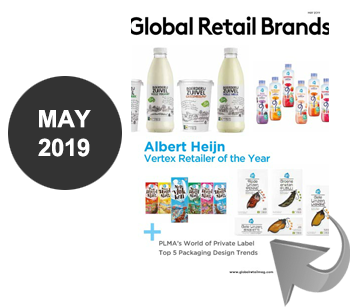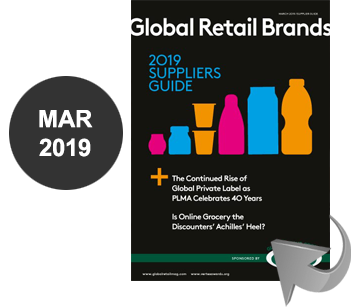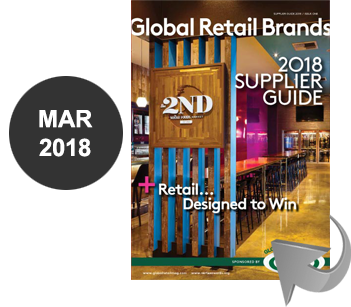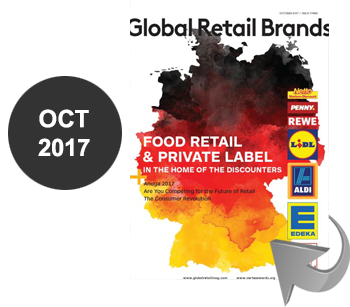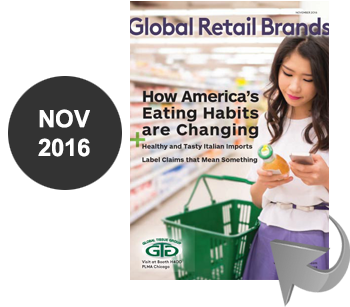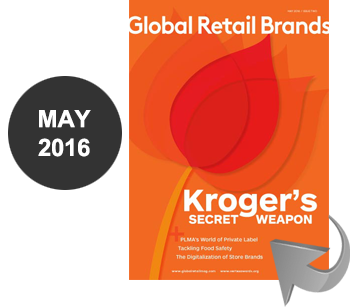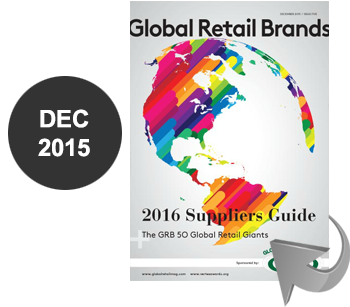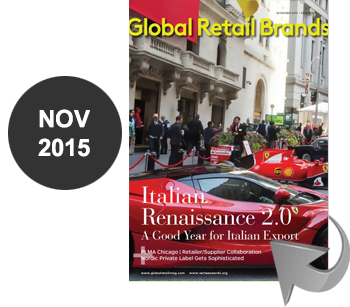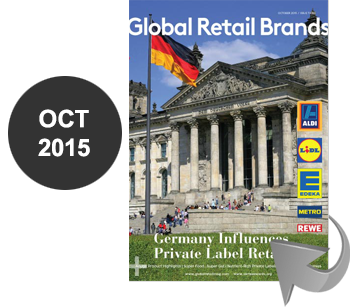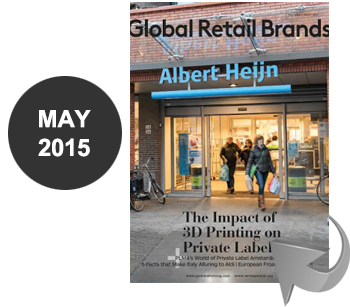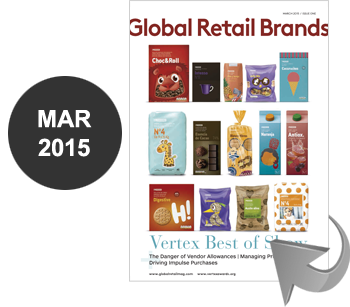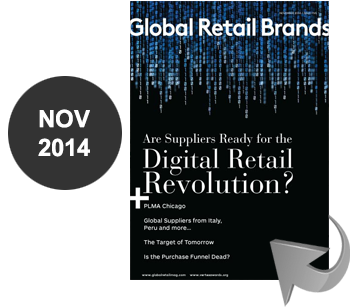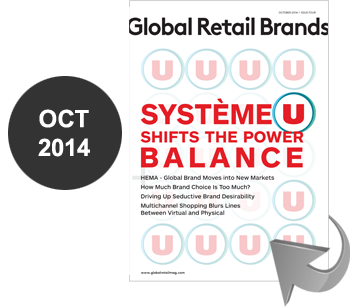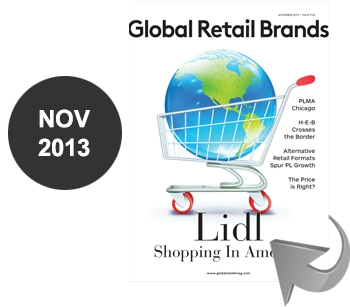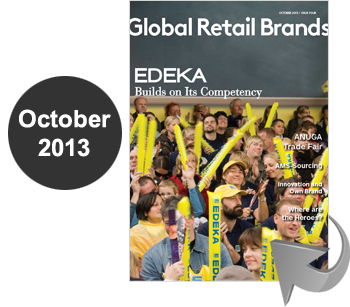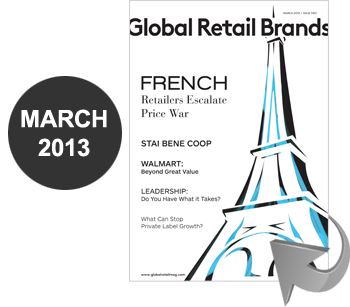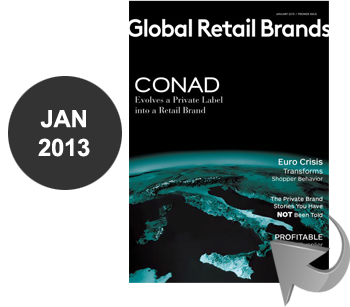By / Jim Lucas Director, Global Insights and Strategy, SGK
The purchase funnel has been a useful tool for marketers for over 100 years. But the fragmentation of media, proliferation of retail channels, and rise of shoppers with unprecedented information access, involvement, and influence have weakened this model’s relevance and effectiveness.
Shelf-Out represents a new approach to deal with a new situation. We developed the Shelf-Out approach to address several factors that the purchase funnel overlooks:
1. Embracing the new role of brands
2. Focusing on consumption
3. Leveraging the new paths to purchase
New Role of Brands: Empathy >>
Shelf-Out begins with the brand and the shopper1 . Shoppers choose brands they believe will deliver value by addressing a need or want. They anticipate an outcome that will bring about a better situation in some way. Brands must show they make a difference. This may mean creating a useful presence in consumers’ everyday lives, or focusing on corporate responsibility/transparency. It may mean both. Brands must demonstrate empathy (“You get me”) and encourage empathy among consumers (“Why I care”).
Today’s shopper has many potential touchpoints with a brand. In the connected world, brands have an “always-on” status because consumers are always watching. One result is the rise of participation brands (e.g., Chrysler’s Steer the Script, Coke’s Share a Coke). Another is that brands now need to frame their dialogs with shoppers around the valuable, desired outcome (e.g., what they can hope for, what they can anticipate or expect).
Exhibiting empathy across touchpoints is the antidote to unprofitable short-term sales lift. Brand expression born of empathy helps a brand evoke desirability among shoppers and consumers.
Focus on Consumption >>
The purchase funnel’s ultimate goal was purchase. While we are all judged by sales, it is consumption that is key. Price discounting often gains purchase for the period of the sale; pantry-loading loyal customers are essentially discounting future purchases. This shifting share from one brand to another on promotion does little to build a category.
Consumption is empathy in action. Every touchpoint a shopper has with a brand should be worth something to the consumer. Not just price, but value beyond price—solving a problem, meeting a need, connecting to something broader.
Building consumption, whether via increased penetration, usage, or frequency of use is the true indicator of successful brands. Consumption looks to the ongoing relationship—loyalty, advocacy—and helps contribute to profitable growth.
The Purchase Funnel → 6.2 Million Paths to Purchase2 >>
Shoppers are no longer constrained by the purchase funnel. Today’s shoppers are keenly aware of the value of their behavior—so much so that they treat their behavior as a medium of exchange. Consumers trade personal information for enhanced functionality (Google, Yahoo, etc.), for more relevant deals from a loyalty program (American Express’s Link, Like, Love), or for the ability to participate in something larger (Pepsi’s Refresh Program).
Looking at the new exchange between shoppers and brands, we have focused on the 5 transactions that are most common and best allow us to accommodate shoppers’ personalized paths to purchase, as well as the potential benefit to shoppers of each type of transaction.
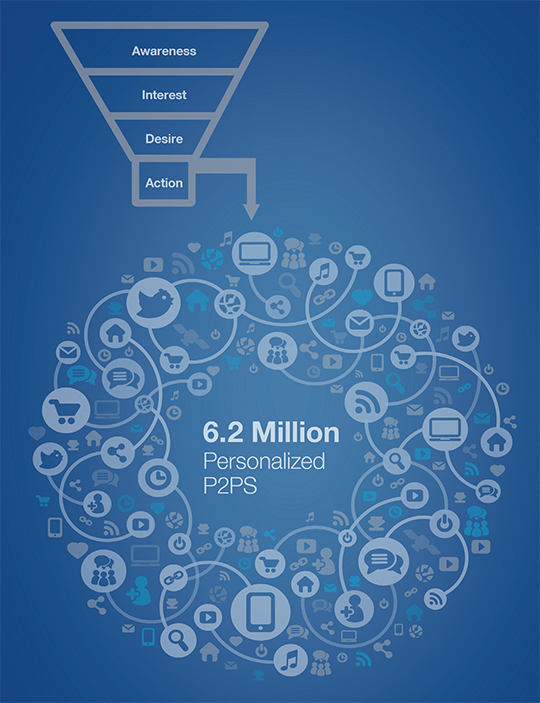
Five Behaviors that Define the New Exchange Between Brands and Shoppers >>
− Attention is how we connect to the world; it shapes and defines our experience. Attention is the mechanism that underlies our awareness of the external world and regulates our thoughts and feelings; a way to reframe a situation, category, etc.
− Engagement helps the shopper achieve selective attention: focus on a task at hand, find a relevant solution, and devote attention to eagerly processing.
− Purchase is about making it easier for shoppers to buy the right product for themselves, reaffirming choice.
− Loyalty is a reminder of the value shoppers received from last use; reinforcement of how smart their decisions were.
− Advocacy is about allowing the shopper to share her experience/ solution with others—a way to pay-itforward—and serves to help guide new shoppers.
Shelf-Out Model: Elevating the Role of Packaging >>
Packaging was traditionally seen as the last step in the purchase funnel—see the package, put it in the shopping cart, after gaining awareness, formulating an opinion, and considering from a competitive set. But in reality, packaging represents the most unmediated, visceral, always present, and valuable vehicle for a brand. Packaging plays a key role in-store, online, and on the pantry shelf. Shelf-Out begins with the brand, particularly as expressed by packaging.
Packaging plays many different roles for shoppers. Design that accommodates shoppers’ myriad paths to purchase can play highly effective roles in guiding choice, visual confirmation, and reassurance (on the shelf and online); and in serving as a reminder for consumption and repurchase.
Marketers are realizing the value of packaging as a key brand expression. Not only are we witnessing more claims/benefits on packaging (80 percent of new packaging in 2012 included claims/benefits, up from 57 percent in 2007), manufacturers are increasingly using packaging to express the relevance of a brand. Some examples are color (e.g., black used to connote premium quality, greens and browns to communicate natural or organic, muted colors or matte finish to indicate added-value), materials (e.g., bamboo, sack cloth to indicate sustainability), provenance (e.g., where it was grown or produced, channeling national or regional pride) and theme or design (e.g., retro, throwback packaging to connect with another era, designer packaging, and limited edition or seasonal packaging).
In short, establishing a healthy brand is about more than just the purchase; it requires empathy, and an ability to accommodate today’s personalized paths to purchase.
 An avid student of shoppers and retailers, Jim Lucas has been very engaged in the development and practice of shopper marketing. As Director, Global Insights and Strategy, at SGK, a leading global brand development, activation and deployment company that drives brand performance, Jim is a frequent author and speaker both domestically and globally. He is a major contributor to the international book, “Shopper Marketing: How to Increase Purchase Decisions at the Point of Sale”. Prior to SGK, Jim held executive positions in planning and shopper marketing at Frankel/Arc, Euro and most recently Global Director Retail Insights & Strategy at Draftfcb. He received his PhD from the University of Chicago in Sociology & Statistics and his MA and BA from Loyola University of Chicago. www.sgkinc.com, James Lucas [email protected]
An avid student of shoppers and retailers, Jim Lucas has been very engaged in the development and practice of shopper marketing. As Director, Global Insights and Strategy, at SGK, a leading global brand development, activation and deployment company that drives brand performance, Jim is a frequent author and speaker both domestically and globally. He is a major contributor to the international book, “Shopper Marketing: How to Increase Purchase Decisions at the Point of Sale”. Prior to SGK, Jim held executive positions in planning and shopper marketing at Frankel/Arc, Euro and most recently Global Director Retail Insights & Strategy at Draftfcb. He received his PhD from the University of Chicago in Sociology & Statistics and his MA and BA from Loyola University of Chicago. www.sgkinc.com, James Lucas [email protected]
1 The short-hand “shopper” replaces “shopper/consumer” throughout. Shoppers are meeting the needs of consumers, whether themselves or others. 2 According to Google/Shopper Sciences ZMOT Studies, the average number of information sources a shopper has across categories is 10. The 6.2 million represents the number of combinations and different sequences of those 10 touchpoints.

